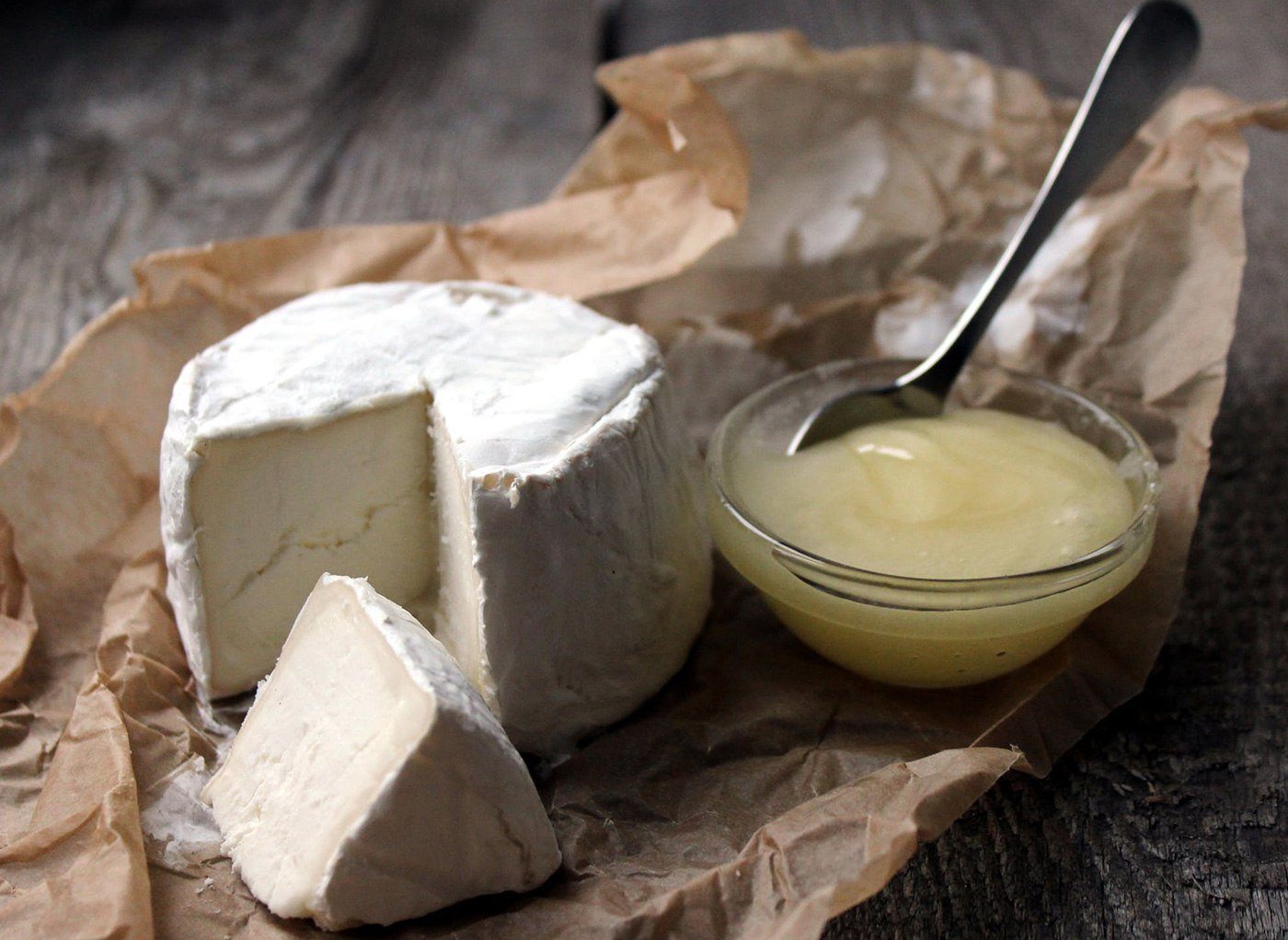Grain and Oilseed

SERVICE OVERVIEW
Crop Production
We are one of the largest owners of productive farmland in South America. We currently own over 127k hectares and lease nearly 50k hectares each year for the production of a wide range of agricultural commodities including soybeans, corn, wheat, sunflower and cotton, among others. In Argentina, our farming activities are mainly conducted in the Argentine humid pampas region, where the availability of water, sunlight, and extremely fertile and deep soils offers one of the highest productive potentials in the world. Since 2004, we have expanded our operations throughout the center-west region of Uruguay and the western part of the state of Bahia, Brazil, as well as in the northern region of Argentina. We employ a sustainable and low-cost production model focused on growing each of our agricultural products in regions where agro-ecological conditions allow us to be the lowest cost producer. The geographic diversification of our portfolio of farmland across different regions of Argentina, Brazil and Uruguay, allow us to minimize our risk exposure to weather-related losses. In the 2013/14 season we planted over 188k hectares on owned and leased land and produced over 637k tons of wheat, corn, soybean, sunflower and cotton.

Technology & Best Practices
We have consistently used innovative production techniques to ensure that we are at the forefront of technological improvements and standards in our industry. Our crop production model is centered on no till farming together with other important technologies such as balanced fertilization, integrated pest and weed management and crop intensification. These best practices allow us to preserve and improve the productive capacity of our soils maximizing return on invested capital and increasing the land value of our properties. While all of our production technologies are extremely valuable some of the ones worth highlighting the most include no till, crop rotation and second harvest.
No-Till
“No-till” is the cornerstone of our crop production technology and the key to maintaining and even increasing the value and productivity of our land assets. Conventional farming consists of using plows to turn and till the soil to remove weeds, mix in soil additives such as fertilizers, and prepare the surface for seeding. Soil tillage leads to unfavorable effects such as soil compaction, loss of organic matter, degradation of soil components, death or disruption of microorganisms, evaporation of soil humidity and soil erosion where topsoil is blown or washed away by wind or rain. “No-till” farming avoids these negative effects by excluding the use of tillage. The technology consists of leaving crop plant residues on the surface of the soil after harvesting a crop. These residues form a mulch or permanent cover protecting the soil from erosion risks caused by heavy rains and strong winds. This protective cover also helps natural precipitation and irrigation water infiltrate the soil effectively while decreasing water loss from evaporation. Absence of tillage helps prevent soil compaction, allowing the soil to absorb more water and roots to grow deeper into the soil. Furthermore, “no-till” reduces the emergence of weeds and enhances biological processes that positively impact soil properties, conserving and even improving the presence of organic matter and microorganisms and associated nutrients (nitrogen, phosphorous, etc). The combination of these advantages results in important cost reductions due to a lower use of inputs, mainly diesel, fertilizers and pesticides, and higher crop yields, thus increasing the profitability of our business. From an operational standpoint, “no-till” facilitates the conditions to perform most of the operations on time such as planting, spraying and harvesting, which enhances the development of large-scale operations and specially improves the probability of planting each crop at the optimum moment.


